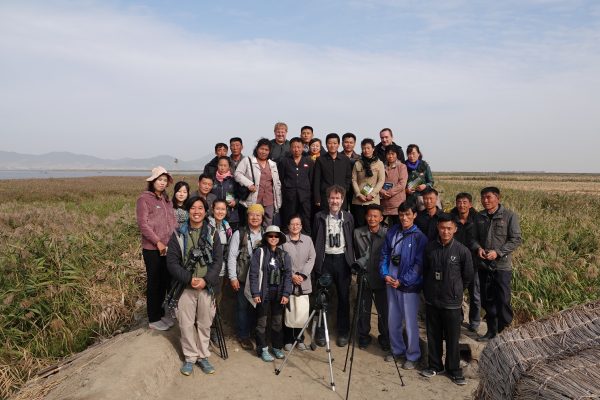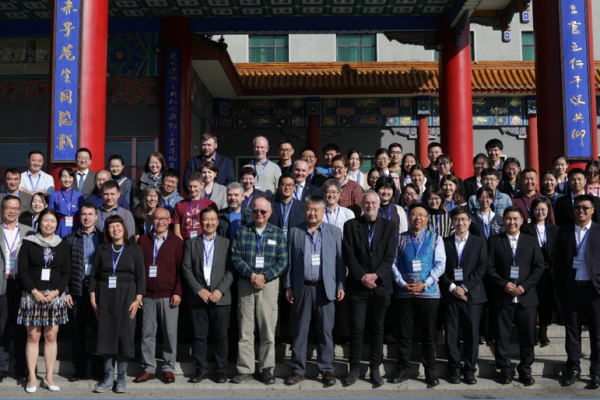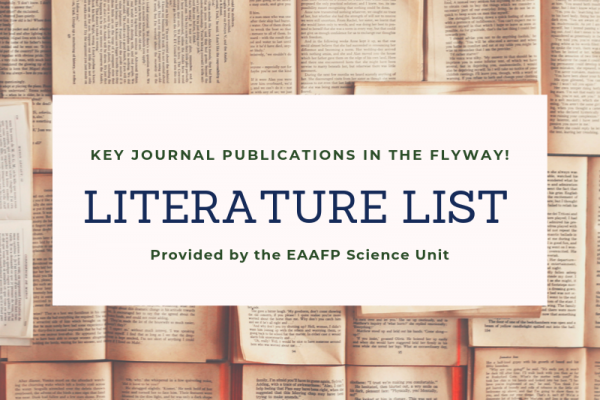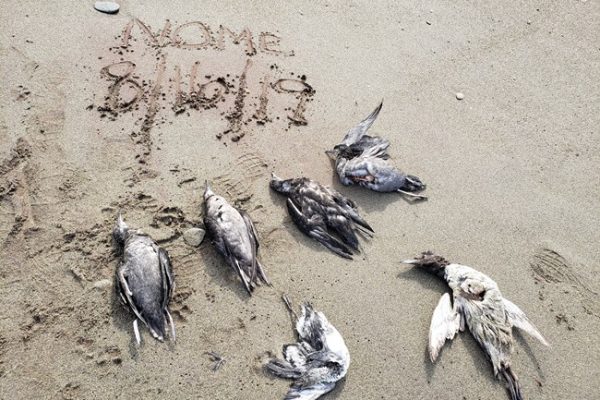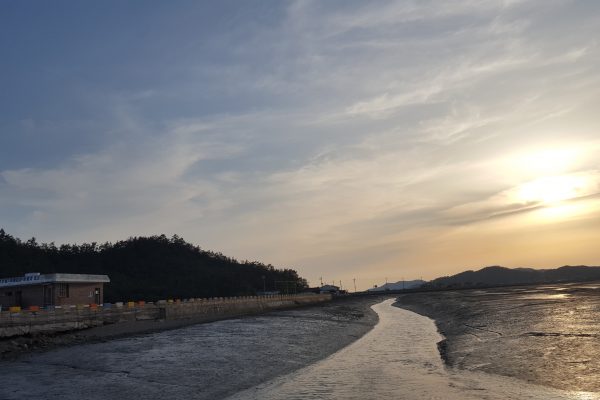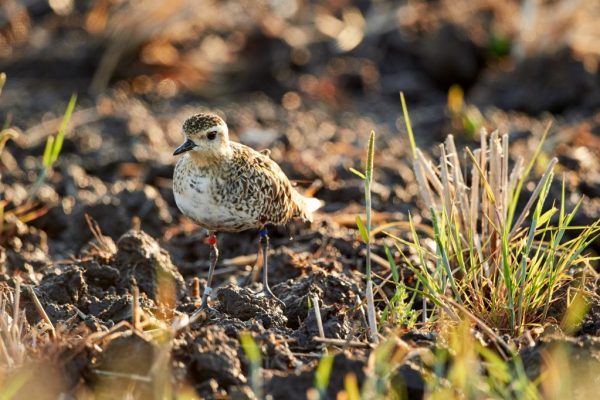-
The International Workshop on Swans Conservation was held in China
The International Workshop on Swans Conservation was held on 22-23 November in Rongcheng, China. It was organized by Rongcheng Municipal government, and co-organized by EAAFP Secretariat Science Unit, China Wildlife Conservation Association, and China National Bird Banding Centre. Around 150 people participated in the workshop, including representatives from governments, site managers in China, and experts […]
Continue reading -
First Swan Goose Festival in DPR Korea – Celebrating World Migratory Bird Day
Migratory birds link people across the Flyway. At the time of World Migratory Bird Day, our Partner in The Democratic People’s Republic of Korea held their first Swan Goose Festival on 13th October at Mundok Migratory Bird Reserve (EAAFP Flyway Network Site and Ramsar Site), to join the global celebration of the amazing journey of migratory […]
Continue reading -
Anatidae Working Group hosts Waterbird Monitoring Symposium in Beijing
The Second International Symposium on Developing Effective Coordinated Monitoring of East Asia Waterbirds in the 21st Century was held in Changping, Beijing, China, just outside Beijing from 14-18th October. The symposium was hosted by the EAAFP Anatidae Working Group and organized by the State Key Laboratory of Urban and Regional Ecology, Research Center for Eco-Environmental Sciences, Chinese Academy […]
Continue reading -
Literature list (June-August, 2019)
The EAAFP Science Unit is highlighting some key journal publications in the flyway. The abstract of each journal article is placed following the literature list below. 1) Biology & ecology Behavioural plasticity and trophic niche shift: How wintering geese respond to habitat alteration Effects of migration and reproduction on the variation in persistent organic pollutant […]
Continue reading -
Successful Applicants of 2019 EAAFP WG/TFs Small Grant Fund
** EAAFP Secretariat has deleted applicant’s bank information in the applications due to privacy matters **
Continue reading -
Seabird Die-Offs in Alaska
(Photo © Sara Germain) What’s Happening? (Map provided by Coastal Observation Seabird Survey Team (COASST) coasst.org) Historically, seabird die-offs have occurred occasionally in Alaska; however, large die-off events have occurred annually in Alaska since 2015. Bird carcasses examined during these die-offs were consistently determined to have died due to starvation. Beginning in May 2019, […]
Continue reading -
World Migratory Bird Day 2019
About the World Migratory Bird Day 2019 World Migratory Bird Day (WMBD) was initiated in 2006 as an annual awareness-raising campaign aimed at people living in all the major flyways that highlights the ecological importance of migratory birds and calls for their global conservation through international cooperation. It was established by the Secretariat of the Agreement on […]
Continue reading -
Introduction of Getbol, Korean Tidal Flat for the inscription in World Heritage List
Getbol, or Tidal Flats in Korean, is one of the most productive and species-diverse ecosystems in the world. The government of the Republic of Korea is now nominating the country’s Southwestern coast of the Yellow Sea as the candidate of UNESCO’s World Heritage listing in 2020, as it represents an example of a rare and […]
Continue reading -
Literature List(March-May, 2019)
The EAAFP Science Unit is highlighting some key journal publications in the flyway. The publications would be divided into 4 categories: 1) Biology & ecology: focus on science of single species as well as waterbird assemblages; 2) Monitoring & assessment: focus on technical aspects and methods related to EAAF; 3) Conservation & management: focus on outputs of […]
Continue reading -
Tracking the Pacific Golden Plover from New Zealand
The members of the Pukorokoro Miranda Naturalists’ Trust (PMNT) have been concerned for some time at the declining numbers of Pacific Golden Plover that appear in New Zealand each year. This species has never visited in high numbers in New Zealand but in recent years this migratory species has declined markedly. In discussions relating to […]
Continue reading


